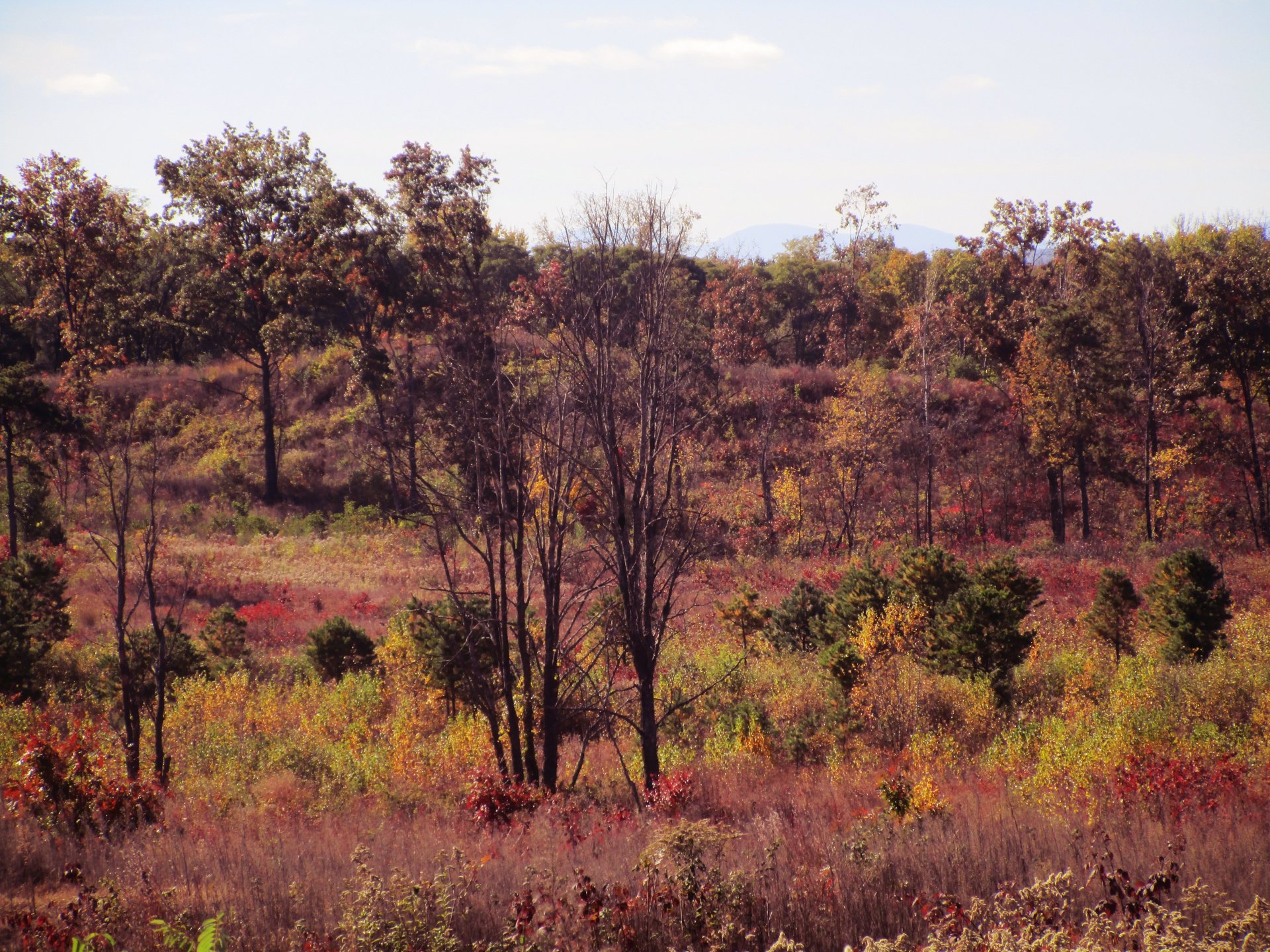by Claire Hughes, Staff writer
Excessive development of rural countryside, which leads to the loss of some animal species there, could be the reason the Capital Region and other areas of New York have seen recent spikes in rates of Lyme disease, according to a study being published this week.
A group of researchers, including a biologist from Union College, have concluded in a paper to be published in Proceedings of the National Academy of Sciences that biodiversity loss contributes to increased rates of Lyme disease in people. The study is scheduled to appear online this week at http://www.pnas.org and then later in print.
The new theory is based on something known as the “dilution effect.” Lyme disease is spread by ticks, which pick up the sometimes debilitating illness from other animals that carry it. But not all animals are good hosts for Lyme disease.
If ticks have only one or two species to feed on — and those species allow the bacteria to thrive and spread — then many of the ticks will become infected and pass the disease to people. If there are more animals for the ticks to feed on, then it’s more likely some of those animals won’t be Lyme disease carriers. In that case, the occurrence of Lyme disease in ticks — and people — will be diluted, the researchers conclude.
More research will need to be done to prove whether the scientists are correct. The study’s researchers have received a $1.6 million grant from the National Institutes of Health to expand their work over four years in six states — New York, Massachusetts, Connecticut, New Jersey, Pennsylvania and Maryland.
“This is still preliminary, there are many, many unknowns, and this could prove to be extremely important or it could prove to be not important,” said Kathleen LoGiudice, assistant professor of biology at Union College and one of four authors on the paper.
Lyme disease is most prevalent in the northeastern United States, and experienced a significant increase in New York state and the Capital Region in 2002. Outside New York City, the state logged 5,036 cases of Lyme disease in 2002, according to preliminary data from the state Health Department. That’s a 26 percent increase over 2001.
In the four-county Capital Region, rates of Lyme disease climbed 81 percent, to 313 cases in 2002. The jump in Albany County alone was 161 percent, to 172 cases. Columbia County logged 990 cases in 2002, up 56 percent from 2001.
When areas are deforested, many species can no longer survive in them. But the white-footed mouse, which is a good carrier for Lyme disease bacteria, can live just about anywhere. According to LoGiudice and her colleagues, the white-footed mouse infects between 40 percent and 90 percent of the tiniest ticks that feed on it.
Other hosts for ticks are not such good carriers for Lyme bacteria. They include squirrels, shrews, opossums and raccoons.
After taking a look at the paper, state Wildlife Pathologist Ward Stone said he was intrigued by the theory. It had him wondering whether sharp increases in other diseases could be attributed to biodiversity loss. Crows, for instance, spread West Nile virus to the mosquitoes that then bite people and infect them. And crows have become increasingly prevalent in the suburbs as other species have been driven away, Stone said.
“It’s a very interesting concept that a lot of scientists like myself will be thinking about in relation to various zoonotic diseases — diseases that are transmissible from animals to people,” Stone said.
One hope of the researchers is that the study, if proven true with further research, could have implications for land use policy, LoGiudice said. Fragmented development, for instance, is likely to result in less biodiversity. The challenge to planners is to maintain continuous tracts of forest where a variety of species can survive.
But one area planner said developers are unlikely to consider the research in their work. In response to the desires of home buyers, developers are increasingly keeping neighborhoods far apart from each other — which provides less opportunity for continuous wilderness and more need to drive long distances, said Todd Fabozzi, program manager for the Capital District Regional Planning Commission. Neither consequence is good for the environment, he said.
“It spreads out development, so that it eats up more land,” Fabozzi said.
Research was done at the Institute of Ecosystem Studies in Millbrook, Dutchess County. The study’s other authors are Richard S. Ostfeld of the institute, Kenneth A. Schmidt of Texas Tech University and Felicia Kessing of Bard College in Annandale-on-Hudson.
FACTS:LYME DISEASE SPREADS
Rates of Lyme disease jumped statewide and in several Capital Region counties in 2002.
| 2001 | 2002 | |
| Albany | 66 | 172 |
| Columbia | 636 | 990 |
| Rensselaer | 89 | 128 |
| Saratoga | 15 | 6 |
| Schenectady | 3 | 7 |
| Statewide, excluding NYC | 4,005 | 5,036 |
Source: New York State Department of Health
